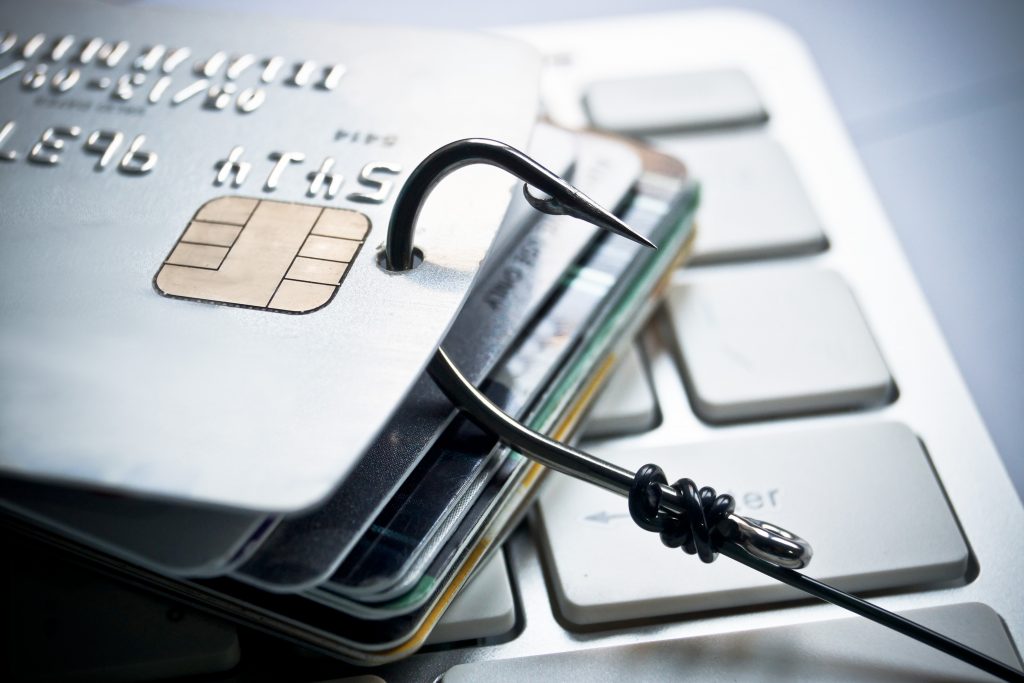Credit breaches feel inevitable in 2020. From insecure credit card readers at gas pumps to data breaches at huge companies like Target and Marriott, it’s likely that someone will try to fraudulently use your credit card at some point — if they haven’t already.
Identity theft, in which someone steals your social security number and tries to open new lines of credit in your name, is a much more damaging type of fraud that is tough to recover from. Identity thieves can open fraudulent credit cards, file fake health insurance claims, and even attempt to take your tax refund.
So much of our data is out there in the world in some form that it’s impossible to completely protect yourself from identity theft. But by making it as difficult as possible for thieves to crack your passwords, freezing your credit, and carefully monitoring your credit reports, you can take action quickly if a credit breach does happen — and limit the damage to your finances.
Take these steps to protect yourself from credit breaches and to closely monitor your credit.
Create secure, complex passwords and set up two-factor authentication. We all have dozens of online accounts, many of them dating back years. Many of us have used the same password or versions of the same password for all of those accounts just because it’s easy. However, it is almost inevitable that one of those accounts has been compromised — or that one will be soon enough. And if a company you have an account with experiences a data breach, you may or may not find out about it right away.
To manage complex passwords, install a password manager like LastPass across your devices. You have probably noticed your browser automatically generating random, challenging passwords whenever you sign up for a new account. Accept your browser’s suggestion and then store those passwords in LastPass. This way, you don’t need to commit them to memory or write them down, and they will be securely stored for the next time you need them.
Additionally, set up two-factor authentication for all of your accounts that store sensitive information, especially financial accounts. When you use two-factor authentication, you first have to enter your password, then the website sends you a text message or an email with a random, one-time code that you have to enter within a certain period of time to gain access to the site. That way, if your password is stolen, a thief will be blocked from accessing your account via the second step.
Complicated passwords and two-factor authentication can feel like a hassle in the short term. Just remember that dealing with identity theft is much, much worse.
Monitor your existing credit cards and bank accounts. Credit card theft is so common that almost everyone has experienced or will experience it. Set up text message or email alerts whenever your credit card company suspects fraud. To be especially careful, you can set up text alerts for all purchases over a certain amount. That way, as soon as you see spending you don’t recognize, you can dispute the charge and cancel the compromised card.
Replacing a compromised credit card takes time, so make sure you have several credit cards that you can turn to if you need to. I also keep a list of all bills that are paid using the credit card so that, if it is replaced, I can refer to my list to update my billing.
Check your credit reports. Everyone is entitled to one free credit report annually from each of the three credit bureaus: Equifax, Experian, and TransUnion. You can see yours by visiting annualcreditreport.com.
Review your credit report carefully to search for accounts or activity that you don’t recognize, which may be indicative of identity theft. Your financial advisor can help you review your credit report as well.
Freeze your credit if you’re not planning to apply for a loan in the near future. A credit freeze keeps anyone — including you or a lender you’re working with — from opening a new line of credit in your name. You can simply unfreeze your credit before you need to apply for a loan.
Freezing your credit is as easy as calling each of the three major credit bureaus. You can reach Equifax at 1-800-349-9960, TransUnion at 1-888-909-8872, and Experian at 1-888-397-3742.
Note that freezing your credit won’t prevent a thief from making changes to accounts you already have. Monitor your credit report to keep an eye on those accounts.
If you choose not to freeze your credit, consider putting a fraud alert in place. When a fraud alert is in place, creditors can still pull your credit, but they will be required to take certain identity verification steps, like calling you to ensure that the credit request is valid.
Opt out of pre-screen credit offerings. Visit www.OptOutPrescreen to stop credit card companies from sending you pre-screened offers. This way, if anyone steals your mail, they won’t be able to sign up for a credit card without your knowledge.
Sign up for credit monitoring. If a company has suffered a data breach recently, they may offer free use of a credit monitoring service. If you’re offered this service for free, it may be worthwhile to sign up — credit monitoring agencies will keep an eye on your credit and automatically notify you of any suspicious activity.
If you want to set up a credit monitoring service for yourself, Credit Karma offers a free version. There are also dozens of paid options available.
Like two-factor authentication, monitoring your credit may seem like something you just don’t have time to do. But if you invest an hour today in freezing your credit, checking your credit report and setting up text alerts with your banks and credit card providers, you could be saving yourself hours of stress — not to mention financial hardship, if a thief succeeds in stealing from you — down the road.




